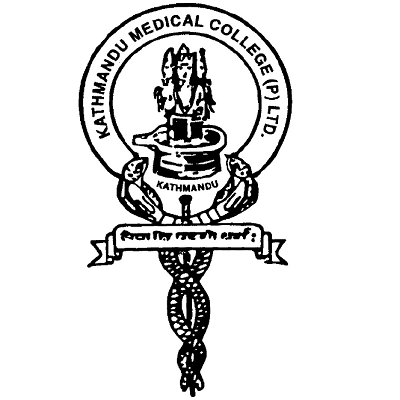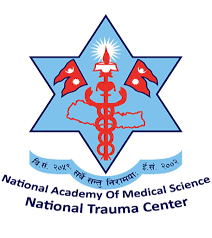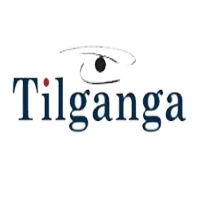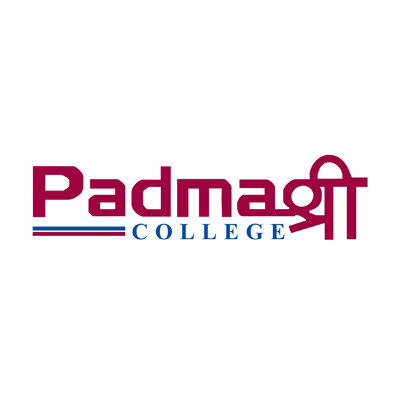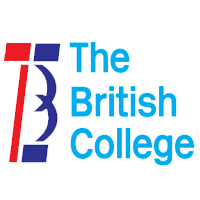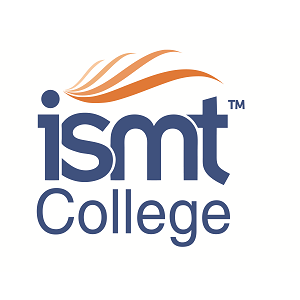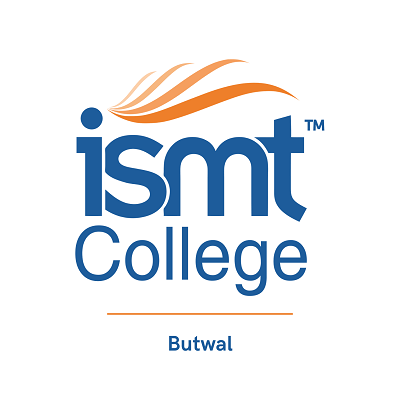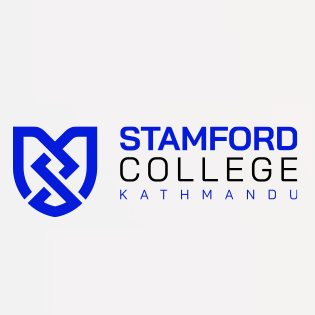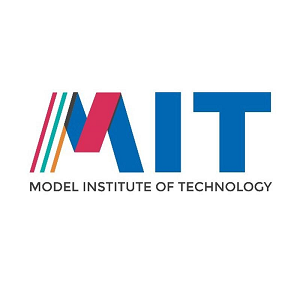Overview
MD Internal Medicine at Nepalese Army Institute of Health Sciences (NAIHS) College of Medicine
MD Internal Medicine at Nepalese Army Institute of Health Sciences (NAIHS) College of Medicine is a three-year postgraduate clinical residency in adult medicine under Tribhuvan University, Institute of Medicine (TU-IOM). The program runs at Shree Birendra Hospital, Chhauni, a tertiary-level military hospital that serves both Nepal Army personnel and civilians.
Students who join this course work in one of the core clinical departments of the institution. Internal medicine deals with the prevention, diagnosis, and treatment of a wide range of adult medical conditions, from common chronic illnesses to complex multi-system diseases. The residency at NAIHS combines ward responsibilities, intensive care exposure, subspecialty rotations, and structured academic activities.
For many Nepali doctors, MD Internal Medicine is both a career goal and a pathway to later subspecialization in fields such as cardiology, nephrology, pulmonology, endocrinology, and oncology. If you see yourself caring for adult patients with varied and challenging illnesses, this program offers an environment where you learn step by step under close supervision and clear standards.
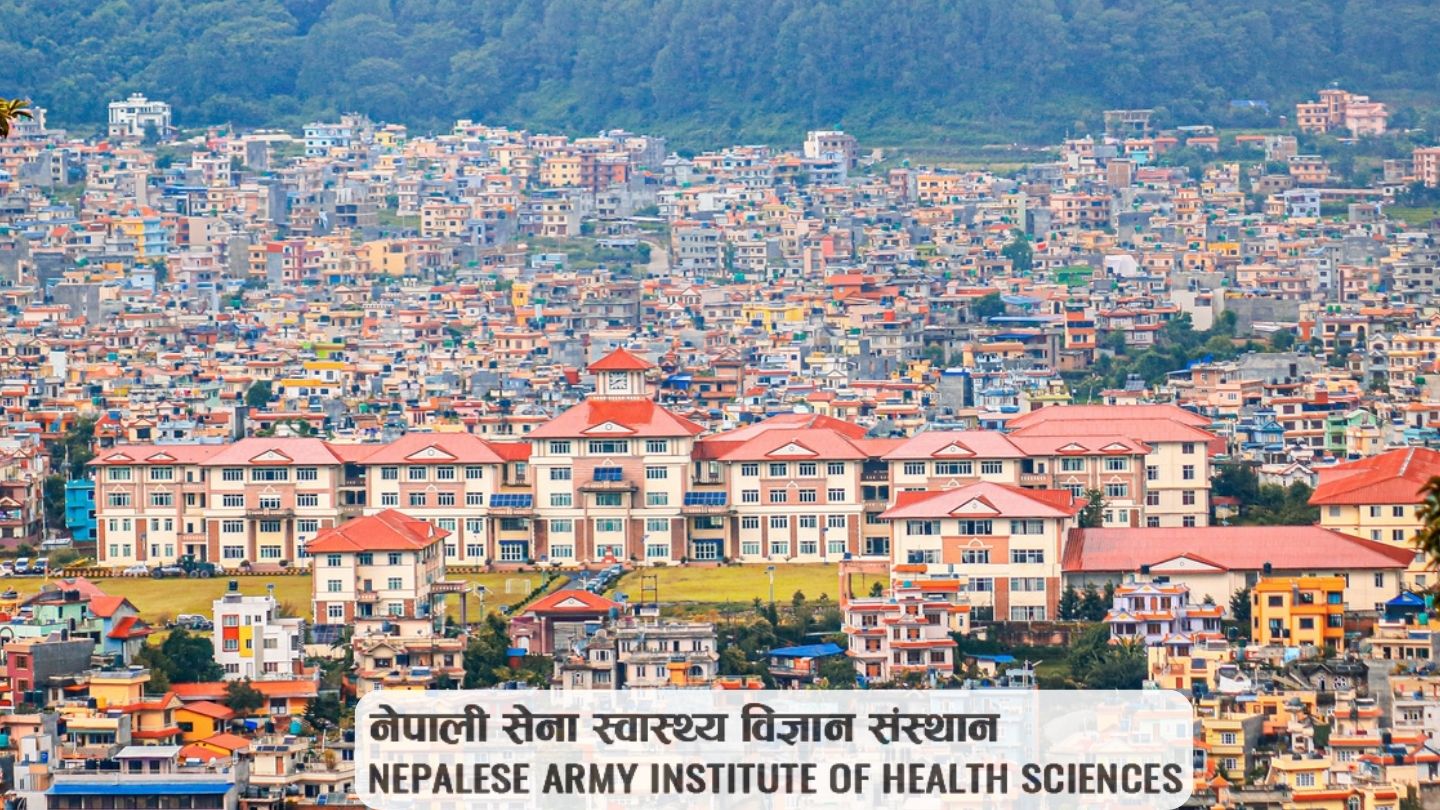
Highlights of MD Internal Medicine at NAIHS
-
Three-year MD program in Internal Medicine under TU-IOM curriculum
-
Training base at Shree Birendra Hospital, a tertiary care centre of the Nepalese Army that serves military and civilian populations
-
Intake of six residents in MD Internal Medicine (current seat matrix as provided by the college)
-
Exposure to general medical wards, intensive care unit (ICU), high-care units, coronary care unit (CCU), and emergency services
-
Subspecialty clinics in pulmonology, cardiology, endocrinology, neurology, hematology, oncology, and nephrology
-
Access to facilities such as 24x7 cardiac catheterization lab, hemodialysis unit, endoscopy and bronchoscopy suites
-
Regular journal clubs, case-based learning sessions, workshops, and Continuing Medical Education (CME) activities within the department
-
Structured involvement in research through the NAIHS Research Committee and Institutional Review Board
For you as a resident, these points translate into daily, hands-on learning in a busy teaching hospital setting.
Curriculum Details
The MD Internal Medicine curriculum follows the three-year postgraduate framework of TU-IOM. The course combines clinical postings, academic teaching, and a mandatory research thesis.
Program structure
-
Duration: 3 academic years of full-time residency
-
Affiliation: Tribhuvan University, Institute of Medicine (TU-IOM)
-
Teaching base: Department of Internal Medicine, NAIHS College of Medicine and Shree Birendra Hospital
Residents begin with core postings in general medical wards, emergency medicine, and intensive care. Gradually, responsibilities expand to include supervision of juniors, independent on-call duties under consultant oversight, and management of complex cases.
Clinical rotations
Residents rotate through:
-
General medicine wards (male and female)
-
Intensive Care Unit (ICU) and high care units
-
Coronary Care Unit (CCU) and cardiology ward
-
Pulmonology high care unit and ward
-
Subspecialty clinics: pulmonology, cardiology, endocrinology, neurology, hematology, oncology, nephrology
These postings help you see a wide range of adult medical conditions in both outpatient and inpatient settings.
Academic components
The academic part of the curriculum includes:
-
Bedside teaching and ward rounds with consultants
-
Case presentations and grand rounds
-
Journal clubs and recent advances discussions
-
Seminars and topic reviews
-
Interdepartmental meetings with pathology, microbiology, radiology, and surgery for integrated case discussions
Each resident also completes a research thesis following NAIHS and TU-IOM guidelines, which builds skills in study planning, data analysis, and scientific writing.
Course Objectives
The MD Internal Medicine program at NAIHS aims to prepare physicians who can manage adult medical problems confidently, ethically, and in line with current evidence.
Key objectives include:
-
Build strong clinical reasoning so residents can diagnose and treat common, emergency, and complex adult diseases
-
Develop the ability to apply national and international guidelines in daily practice
-
Strengthen communication skills for interaction with patients, families, and the healthcare team
-
Promote ethical decision-making, respect for patient dignity, and responsible use of resources
-
Encourage interest in research and quality improvement activities within the department
-
Prepare graduates who can later serve as teachers, consultants, and leaders in public and military health services
For students and young doctors, these objectives mean that the course is not only about passing exams, but also about shaping habits that carry into lifelong practice.
Scope of MD Internal Medicine in Nepal and Abroad
MD Internal Medicine opens multiple pathways for clinical and academic growth.
In Nepal, specialists in internal medicine work in:
-
Government and military hospitals
-
Medical colleges and teaching hospitals
-
District and zonal hospitals
-
Private hospitals and specialist centres
-
Non-governmental and development projects focusing on non-communicable diseases and public health
Graduates may later pursue DM or other super-specialty training in fields such as cardiology, gastroenterology, nephrology, pulmonology, endocrinology, oncology, or critical care, depending on national and international opportunities.
Outside Nepal, MD Internal Medicine graduates from a recognized TU-IOM program can explore licensing routes in different countries, subject to local regulations and equivalence processes. For many, the degree becomes the foundation for fellowships, research roles, or academic positions.
Learning Outcomes for Residents
By the end of the three-year MD Internal Medicine program at NAIHS, residents are expected to:
-
Take a detailed history and perform complete physical examinations in a wide range of adult medical conditions
-
Formulate differential diagnoses and management plans for acute and chronic diseases
-
Stabilize critically ill patients and coordinate ICU care under consultant supervision
-
Interpret laboratory tests, ECGs, chest X-rays, CT scans, echocardiograms, and other common investigations
-
Communicate clearly with patients and families about diagnosis, prognosis, and treatment options
-
Work effectively in a multidisciplinary team with nursing staff, physiotherapists, pharmacists, and other specialists
-
Conduct, present, and publish clinical or epidemiological research in internal medicine
These outcomes aim to make you a safe, reliable, and reflective practitioner.
Skill Development and Clinical Exposure
The Department of Internal Medicine at NAIHS offers strong procedural and clinical exposure through its wards and specialized units.
Residents gain experience in:
-
Basic and advanced life support, including cardiopulmonary resuscitation
-
Management of shock, sepsis, and respiratory failure in ICU and high-care settings
-
Central venous line insertion, arterial line placement (under supervision), and lumbar puncture
-
Thoracentesis, paracentesis, and other bedside procedures for fluid drainage
-
Interpretation of hemodynamic monitoring in ICU and CCU
-
Use of non-invasive and invasive ventilation in critical care
-
Interpretation of stress tests, Holter monitoring, and echocardiography reports, supported by the cardiology services
-
Exposure to endoscopy, bronchoscopy, and dialysis services for understanding indications, complications, and follow-up care
Alongside procedures, residents handle a large volume of outpatient cases in general and subspecialty clinics, which builds confidence in managing chronic diseases such as diabetes, hypertension, chronic lung disease, chronic kidney disease, and autoimmune conditions.
Teaching Methodology and Academic Activities
Teaching in MD Internal Medicine balances service responsibilities with structured learning.
The department conducts:
-
Regular theory classes on core topics in internal medicine
-
Bedside clinics and ward rounds with consultants, focusing on case discussion and clinical reasoning
-
Journal clubs to review recent research articles and guidelines
-
Mortality and morbidity meetings to reflect on difficult cases and improve patient safety
-
CME programs and workshops on subspecialty topics
-
Interdepartmental meetings with pathology, microbiology, radiology, and surgery, which help residents see how different specialties contribute to diagnosis and management
Teaching styles include lectures, group discussions, problem-based learning sessions, and case-based tutorials. Residents receive feedback on clinical performance, presentation skills, and research work in an ongoing manner.
Admission Requirements and Eligibility
Admission to MD Internal Medicine at NAIHS follows the national regulatory framework for postgraduate medical education in Nepal.
Key points include:
-
Completion of MBBS or equivalent degree recognized by the Nepal Medical Council (NMC)
-
Successful completion of a one-year rotating internship
-
Valid NMC registration at the time of application
-
Qualifying score in the Medical Education Commission’s postgraduate common entrance examination (MECEE-PG), as per current MEC regulations for MD/MS programs
Seat allocation and category-wise distribution (e.g., military service quota, open, or other categories) follow the seat distribution published by the Medical Education Commission and the institution for the relevant academic year.
For exact eligibility details, required documents, and timelines, candidates should refer to the latest MEC notices and NAIHS admission announcements for the MD/MS intake cycle.
Career Opportunities after MD Internal Medicine
Graduates of MD Internal Medicine from NAIHS can work in a range of roles:
-
Consultant physician in internal medicine in government, military, and private hospitals
-
Academic faculty in medical colleges across Nepal, teaching MBBS and other health sciences students
-
Physician in district hospitals and referral centres, where broad medical skills are in high demand
-
Specialist positions in national health programs focused on non-communicable diseases, infectious diseases, and lifestyle-related conditions
-
Research roles in clinical trials, epidemiological studies, and health systems projects
-
Pathway to DM or fellowship training in cardiology, nephrology, pulmonology, endocrinology, gastroenterology, oncology, rheumatology, or critical care, depending on available programs and selection processes
For many residents, the blend of clinical work, teaching, and research creates a career that remains engaging over the long term.
Scholarships and Financial Aid
Medical Education Commission (MEC) regulates fee structures and scholarship provisions for postgraduate medical programs in Nepal. As per the current MEC fee notification for postgraduate MD/MS programs in institutions other than government colleges, the approved tuition fee for MD Internal Medicine is NPR 2,381,760 for the entire three-year course.
NAIHS follows the regulatory framework set by MEC. Scholarship opportunities may include:
-
Seats under national scholarship schemes administered through MEC
-
Specific categories related to Nepal Army service rules
-
Other provisions that may be announced in official NAIHS notices for each academic year
Prospective residents should consult:
-
MEC scholarship and seat distribution notices for the relevant MECEE-PG session
-
NAIHS College of Medicine admission information for detailed rules on bond, service obligations, and financial conditions
Why Choose MD Internal Medicine at NAIHS College of Medicine?
Several features make MD Internal Medicine at NAIHS distinct in the Nepali context:
-
Integration of academic training with a busy tertiary referral hospital that serves both military and civilian patients, leading to a broad case-mix
-
Strong subspecialty presence in cardiology, pulmonology, endocrinology, neurology, hematology, oncology, and nephrology, all under the Department of Internal Medicine
-
Access to critical care units, cardiac catheterization lab, hemodialysis, endoscopy, and bronchoscopy, which enrich everyday learning
-
Structured academic environment with regular classes, journal clubs, CMEs, and interdepartmental meetings
-
Support for research through institutional ethics committees, research mentoring, and publication-oriented activities
-
Opportunity to contribute to both national health services and the health system of the Nepalese Army, including outreach and disaster preparedness work
For you as a future resident, this setting means regular exposure to acute and chronic diseases, access to modern investigations and procedures, and a disciplined environment that values patient care, teaching, and research.
Conclusion
MD Internal Medicine at NAIHS College of Medicine offers structured postgraduate training in adult medicine under the TU-IOM framework and the regulatory oversight of the Medical Education Commission. Residents learn in a tertiary-care hospital that combines military and civilian services, with strong subspecialty support and well-developed academic activities.
If you are a doctor who enjoys clinical reasoning, long-term patient follow-up, and teamwork in high-pressure situations such as ICU and emergency medicine, this course provides a clear path to grow as a specialist physician. Careful review of MEC notices and NAIHS admission information will help you plan your application and understand financial and service commitments.
Frequently Asked Questions (FAQ)
1. What is the duration of MD Internal Medicine at NAIHS?
The MD Internal Medicine program at NAIHS College of Medicine runs for three academic years as a full-time residency under TU-IOM.
2. How many seats are available for MD Internal Medicine?
The current intake for MD Internal Medicine at NAIHS is six seats per academic year, as per the latest institutional seat matrix approved through the Medical Education Commission process.
3. What is the tuition fee for MD Internal Medicine at NAIHS?
According to the Medical Education Commission fee notification for postgraduate MD/MS programs in institutions other than government colleges, the approved tuition fee for MD Internal Medicine is NPR 2,381,760 for the entire three-year course. NAIHS follows this fee structure.
4. Where do MD Internal Medicine residents receive their clinical training?
Residents train mainly at Shree Birendra Hospital, the teaching hospital of NAIHS, which provides general medical wards, ICU, CCU, high-care units, subspecialty clinics, dialysis services, and a range of diagnostic facilities.
5. What are the basic eligibility criteria for admission?
Applicants must hold an MBBS or equivalent degree recognized by Nepal Medical Council, complete a one-year rotating internship, hold valid NMC registration, and qualify in the MECEE-PG examination conducted by the Medical Education Commission.
6. What kind of cases do MD Internal Medicine residents see during training?
Residents encounter a wide spectrum of adult medical conditions, including cardiovascular, respiratory, endocrine, renal, neurological, hematological, oncological, and infectious diseases, across OPD, emergency, wards, ICU, and CCU. Subspecialty clinics and critical care units ensure exposure to both common and complex cases.


